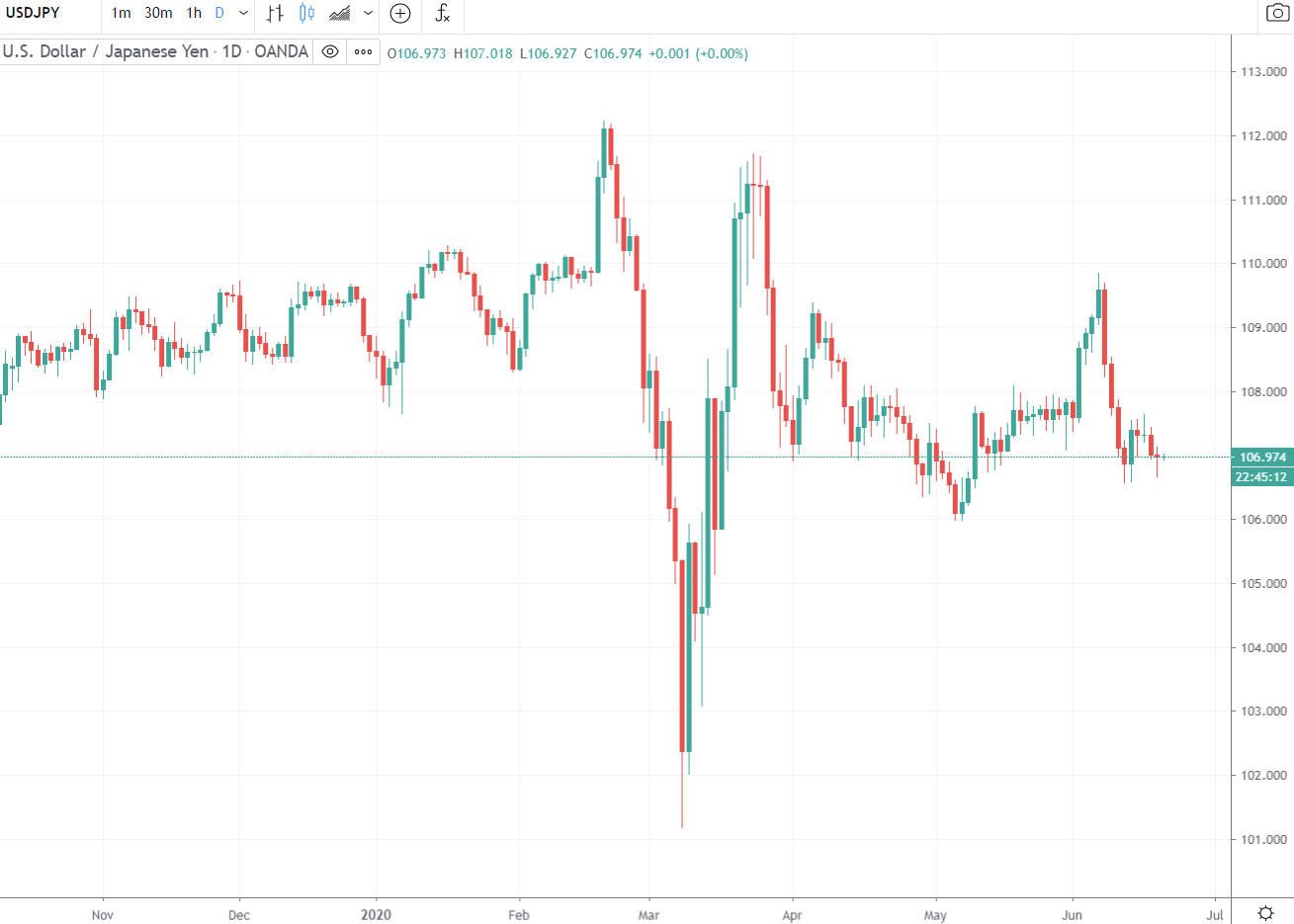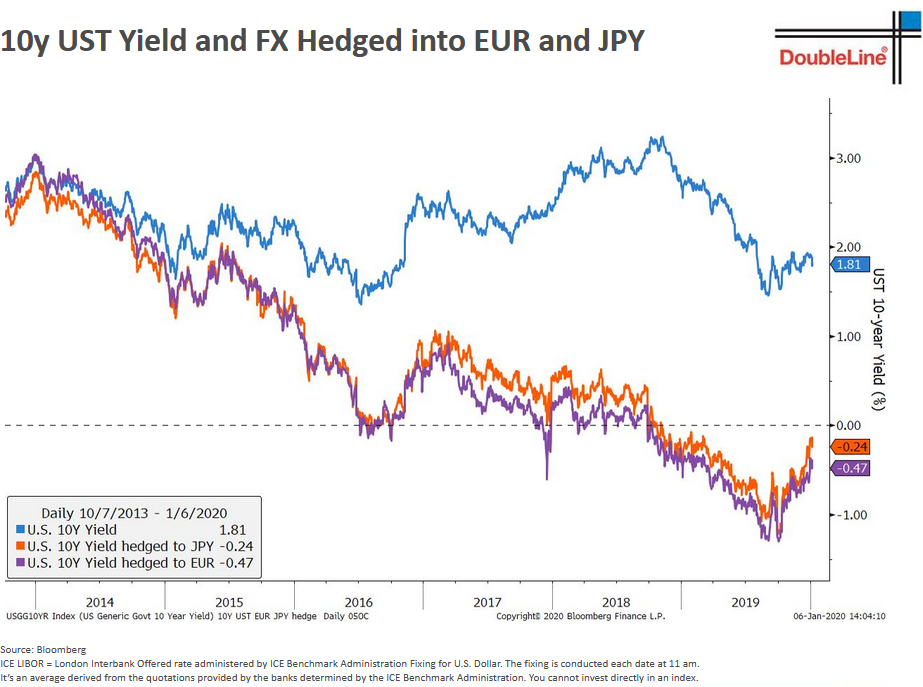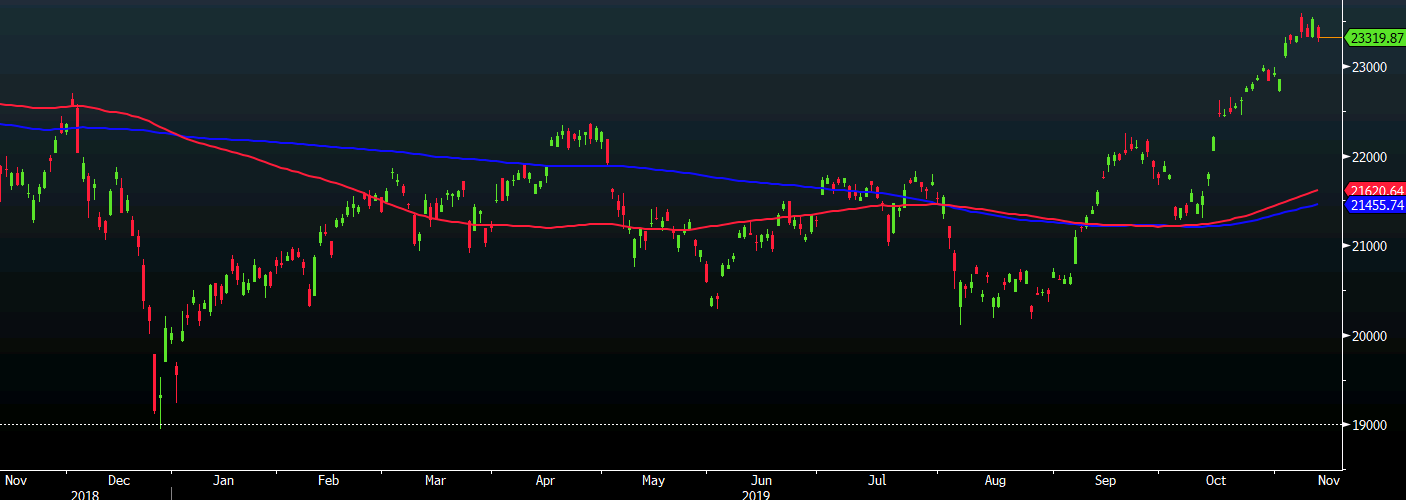Debt is no longer a four-letter word
The legacy of the coronavirus crisis may be that it kills the idea that deficits matter.
The Tea Party derailed Obama’s legislative agenda, lamenting high deficits. At least 12 Senators and at least 50 members of the House were elected on Tea Party platforms. These were the most-hardcore deficit hawks in history.
Trump vaulted himself to the White House by tapping Tea Party sentiment. Here’s a sample:
For reference, the combined deficit in Obama’s final four years was $2.19 trillion.
Yesterday, Trump tweeted this:
The deficit in the US this year will be at least $3 trillion and probably $4 trillion.
I’m not here to point out they hypocrisy, you can get the anywhere.
(more…)






